Intro Somesh Bottleneck
Speaker

Somesh Gupta
India
All-India Institute of Medical Sciences was established as an institution of national importance by an Act of Parliament with the objects to develop patterns of teaching in Undergraduate and Post-graduate Medical Education in all its branches so as to demonstrate a high standard of Medical Education in India; to bring together in one place educational facilities of the highest order for the training of personnel in all important branches of health activity; and to attain self-sufficiency in Post-graduate Medical Education. The Institute has comprehensive facilities for teaching, research and patient-care. As provided in the Act, AIIMS conducts teaching programs in medical and para-medical courses both at undergraduate and postgraduate levels and awards its own degrees. Teaching and research are conducted in 42 disciplines. In the field of medical research AIIMS is the lead, having more than 600 research publications by its faculty and researchers in a year. AIIMS also runs a College of Nursing and trains students for B.Sc.(Hons.) Nursing post-certificate) degrees. Twenty-five clinical departments including four super specialty centers manage practically all types of disease conditions with support from pre- and Para-clinical departments. However, burn cases, dog-bite cases and patients suffering from infectious diseases are not entertained in the AIIMS Hospital. AIIMS also manages a 60-beded hospital in the Comprehensive Rural Health Centre at Ballabgarh in Haryana and provides health cover to about 2.5 lakh population through the Centre for Community Medicine. All-India Institute of Medical Sciences was established as an institution of national importance by an Act of Parliament with the objects to develop patterns of teaching in Undergraduate and Post-graduate Medical Education in all its branches so as to demonstrate a high standard of Medical Education in India; to bring together in one place educational facilities of the highest order for the training of personnel in all important branches of health activity; and to attain self-sufficiency in Post-graduate Medical Education. The Institute has comprehensive facilities for teaching, research and patient-care. As provided in the Act, AIIMS conducts teaching programs in medical and para-medical courses both at undergraduate and postgraduate levels and awards its own degrees. Teaching and research are conducted in 42 disciplines. In the field of medical research AIIMS is the lead, having more than 600 research publications by its faculty and researchers in a year. AIIMS also runs a College of Nursing and trains students for B.Sc.(Hons.) Nursing post-certificate) degrees. Twenty-five clinical departments including four super specialty centers manage practically all types of disease conditions with support from pre- and Para-clinical departments. However, burn cases, dog-bite cases and patients suffering from infectious diseases are not entertained in the AIIMS Hospital. AIIMS also manages a 60-beded hospital in the Comprehensive Rural Health Centre at Ballabgarh in Haryana and provides health cover to about 2.5 lakh population through the Centre for Community Medicine.
Source event
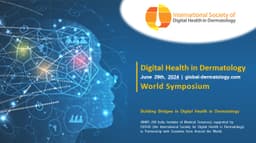
Digital Health in Dermatology | World Symposium
Dear Peers and Colleagues,
Welcome to the Digital Health in Dermatology | World Symposium 2024!
We are thrilled to invite you to this groundbreaking event, which will delve into the transformative impact of digital technologies in dermatology. The symposium will highlight advancements across a spectrum of digital health tools, including mobile phones, wearable sensors, AI, machine learning, and telemedicine platforms.
Digital innovations are reshaping dermatology by improving diagnostic accuracy, enhancing patient engagement, and optimizing the management of dermatological conditions. Notably, the FDA's approval of AI technologies for specific diagnoses without physician interpretation underscores the significant strides being made in this field. These technologies are bridging gaps in service availability, ensuring more comprehensive and efficient patient care.
This symposium is organized by the All India Institute of Medical Sciences (AIIMS) under the auspices of the International Society of Digital Health in Dermatology (ISDHD). We are honored to have Prof. Somesh Gupta as the scientific organizer, with Global Dermatology serving as the Professional Congress Organizer (PCO).
Event Details:
- Date: Saturday, June 29, 2024, starting at 09:00 local time
- Organizer: All India Institute of Medical Sciences (AIIMS)
- Supported by: International Society of Digital Health in Dermatology (ISDHD)
Scientific Sessions:
- AI in Clinical Practice
- Imaging AI
- Teledermatology
- Digital Health & Ethics
- Generative AI
Join us for a day of insightful discussions, networking opportunities, and the latest in digital health innovations in dermatology. Secure your spot now and be part of the future of dermatology!
Yours Sincerely,
Prof. Somesh Gupta
Dept of Dermatology
All India Institute of Medical Sciences
Scientific Chair and Organiser
Dr. Christophe Hsu
Global Dermatology
Conference Organizer
Dr. Mansak Shishak
Scientific Coordinator
contact us: support@global-dermatology.com
Similar videos
Source event Program
Welcome note
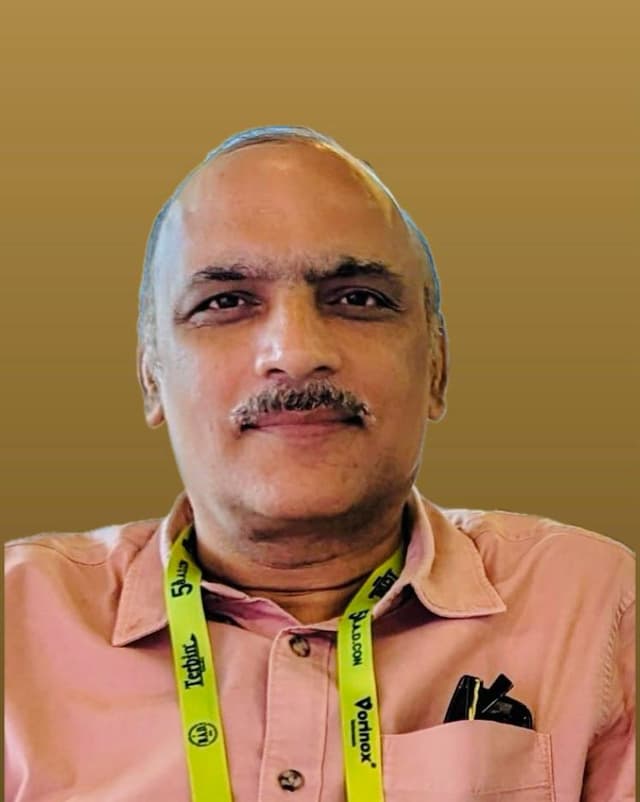
Welcome note
AI in clinical practice
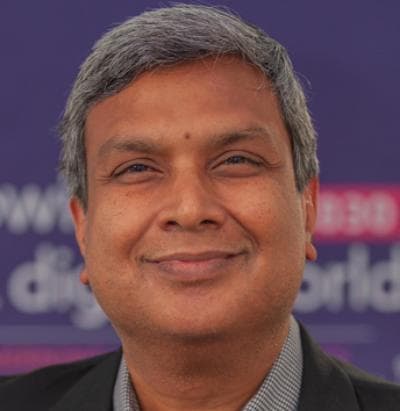
LLM to LMM: The promise of multimodal data and AI
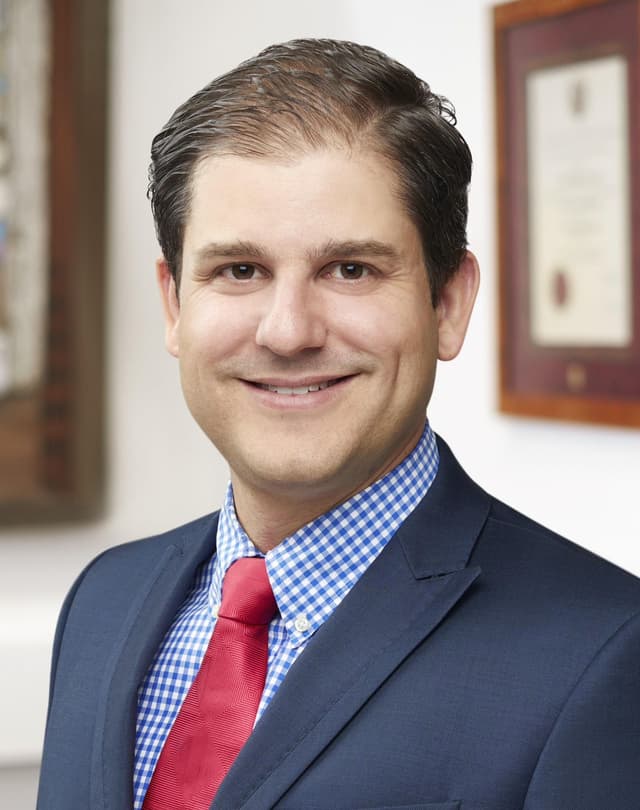
Understanding AI, the intersection of data science and clinical dermatology
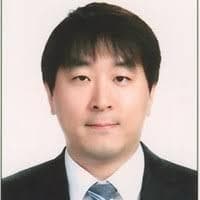
A study on consistent evaluation method of UV SPF index via deep learning

AI in sexual health
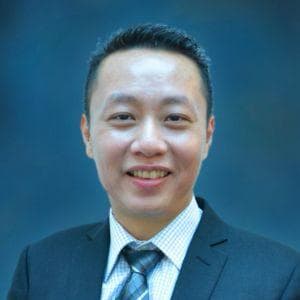
AI in inflammatory dermatoses: role and application
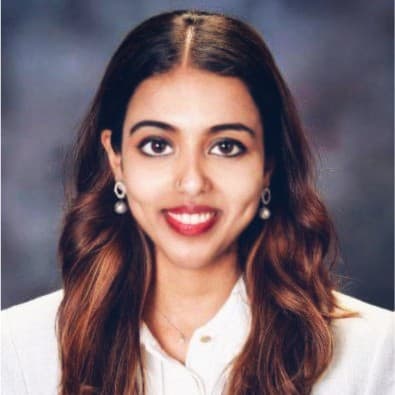
Wearable tech in dermatology-current applications and prospects
Generative AI
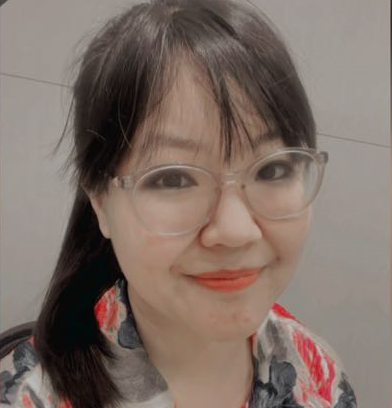
LLM: Evolution and Influence
Mansak Shishak MD
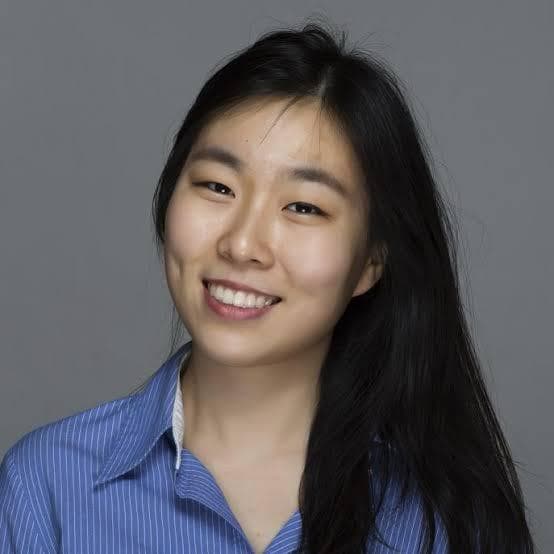
Redteaming LLM in dermatology
Imaging AI
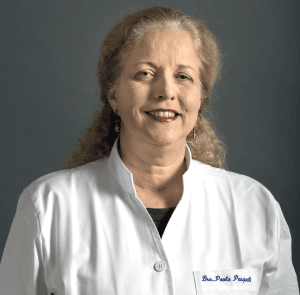
An update on medical imaging database
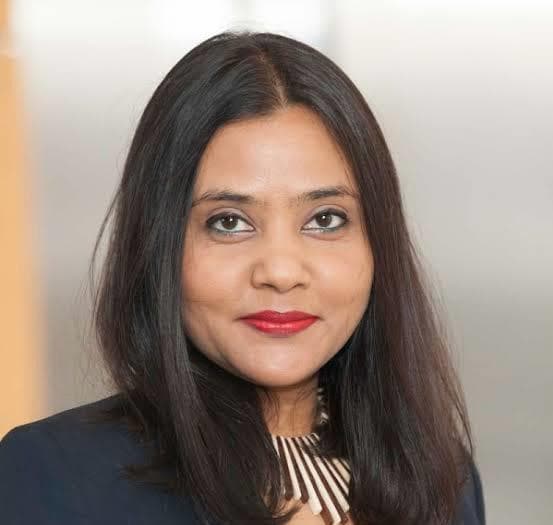
Revolutionizing dermatology: Unveiling the potential of AI in non-invasive skin imaging
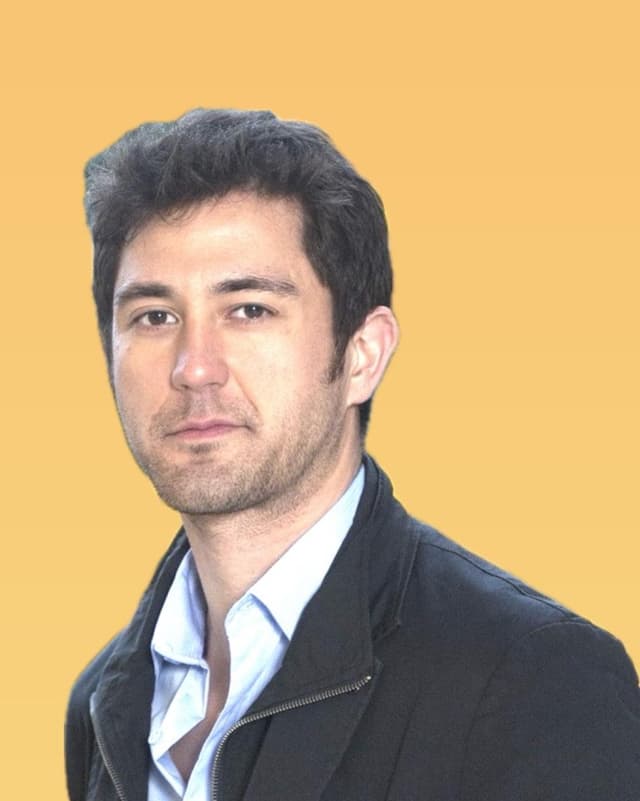
AI/ML visual systems in the classification of skin conditions
Jeremy Kuwahara MD
The image based AI as a clinician's assistant in dermatology
Teledermatology: Narrowing the gap

AI tech in public health policy
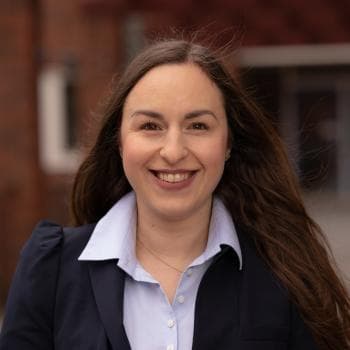
Human-AI interaction in skin cancer diagnosis: an example from teledermoscopy set

AI in dermatology smartphone applications
Digital Health and Ethics
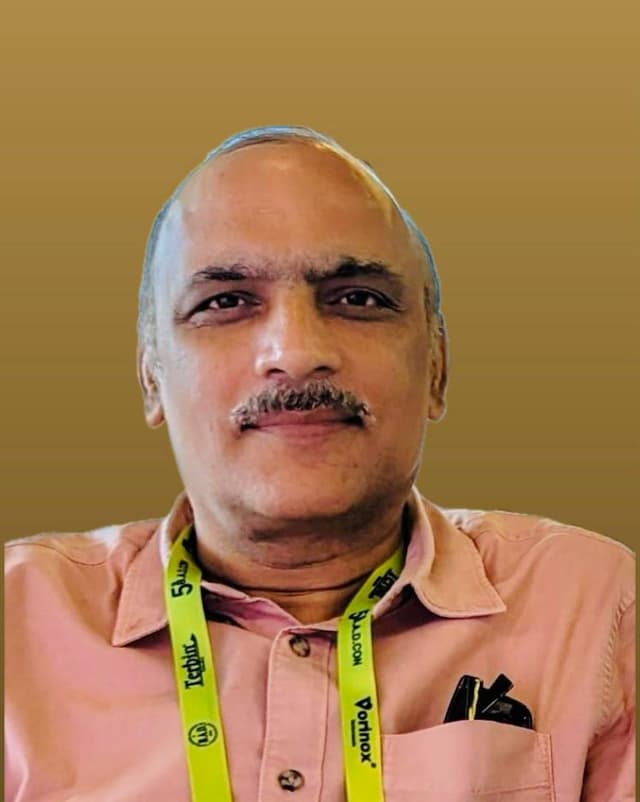
Bottlenecks in AI applications in dermatology
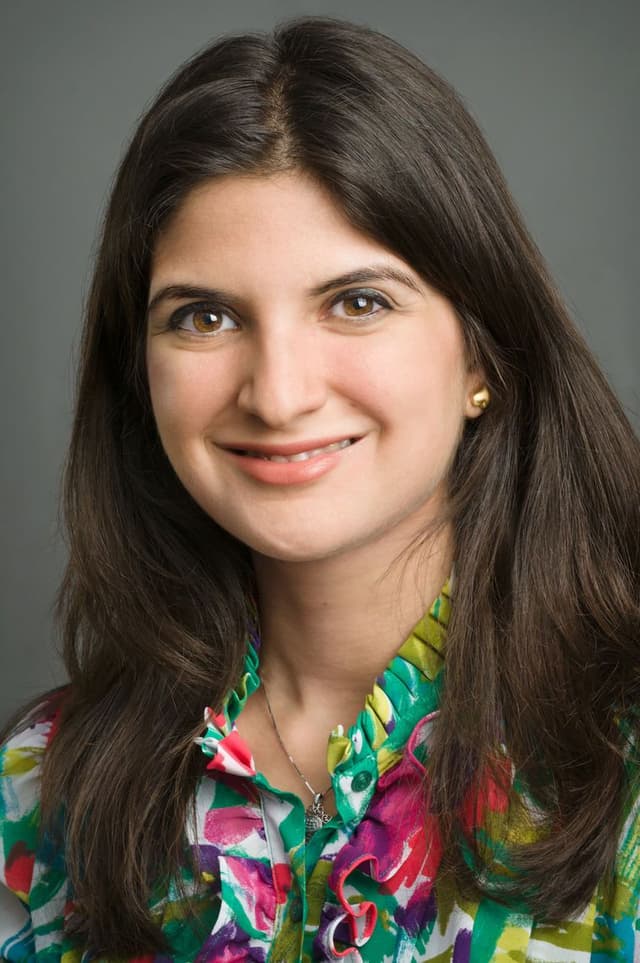
Pittfalls in AI

Synthetic data in dermatology: Lack of data is not the limitation anymore

Decision making and AI
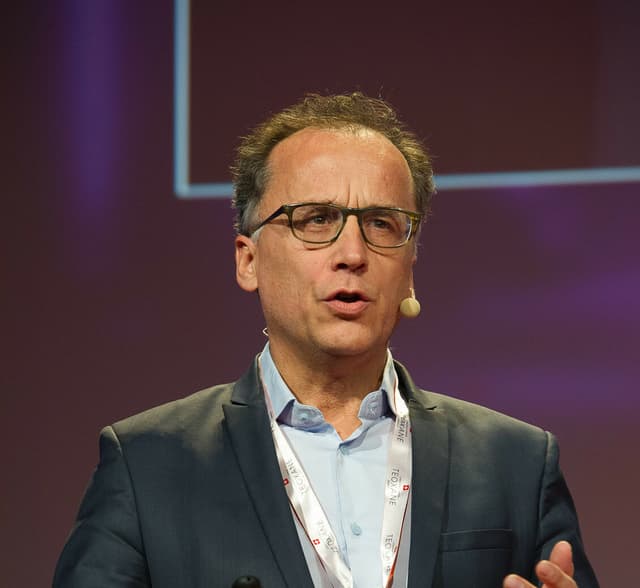
Dermatology Upside Down Imaging If

Befriending AI in Medicine
Understanding AI tool development
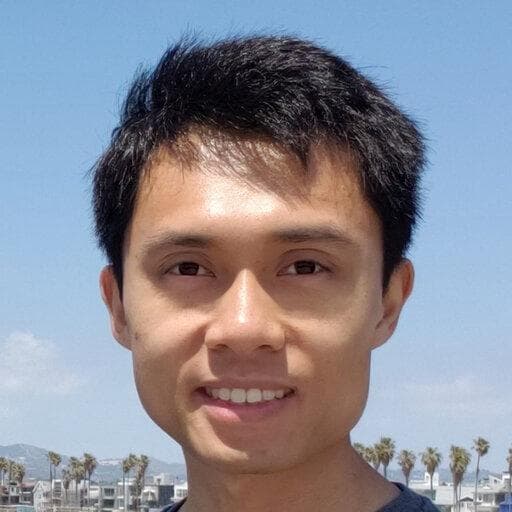
Developing Dermatology AI models: Our reseach journey and enabling other researchers
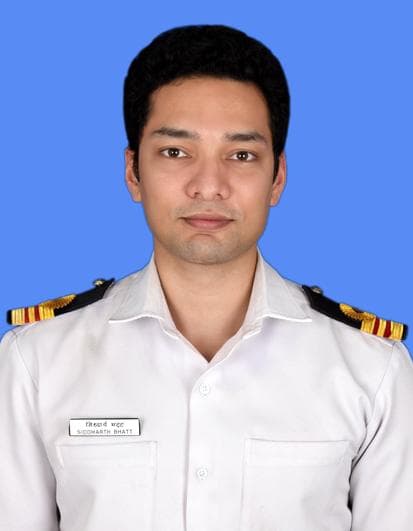
Usage of AI models in dermatology dataset creation
Siddharth Bhatt

Tool development for imaging in medicine
Dipayan Sengupta MD, MBBS
Might interest you
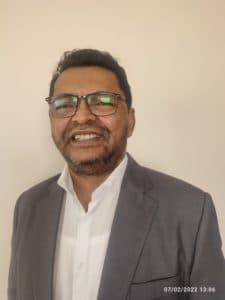
Cutaneous Medicine: Multidisciplinary Approaches in Dermatology
Chair: Prof. Fahafahantsoa Rapelanoro Rabenja,
This course explores the intersection of dermatology with other medical specialties, emphasizing a collaborative approach to diagnosing and managing complex skin disorders. It covers a wide range of topics, including dermatopathology, rheumatology, oncology, and infectious diseases, highlighting how systemic conditions manifest cutaneously. With contributions from experts in various fields, the text provides comprehensive insights into multidisciplinary care, advanced diagnostic techniques, and innovative treatments. Ideal for dermatologists, internists, and specialists, it bridges gaps between disciplines to improve patient outcomes in cutaneous medicine.
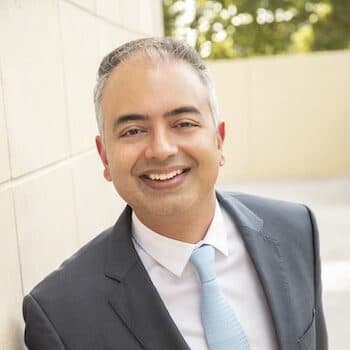
Pigmentation
Chair: Dr Seemal Desai, MD, FAAD
Hyperpigmentation is excess skin color from melanin. Understand melanin synthesis mechanisms and main causes.
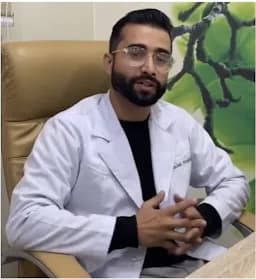
Neglected Tropical Skin Diseases
Chair: Dr. Prajwal Pudasaini, MD
Neglected tropical skin diseases affect poor populations in tropical areas. They include leprosy, mycetoma, and cutaneous leishmaniasis, causing disability and stigma. They receive little attention and resources, leading to poor diagnosis and treatment. Increased awareness and improved healthcare access are needed to help affected communities.
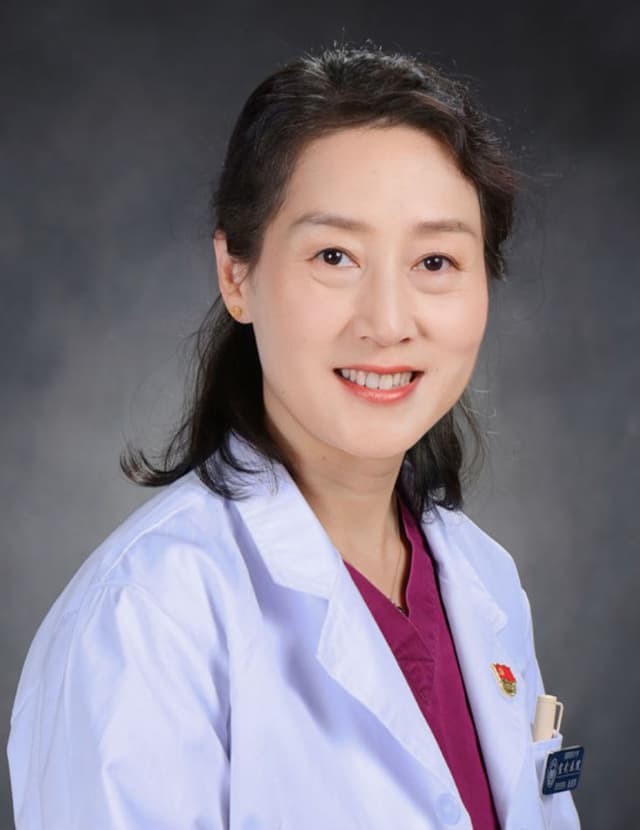
Acne Treatment in China
Chair: Prof. Haiping Zhang, PhD
Acne treatment in China combines traditional methods with modern practices.
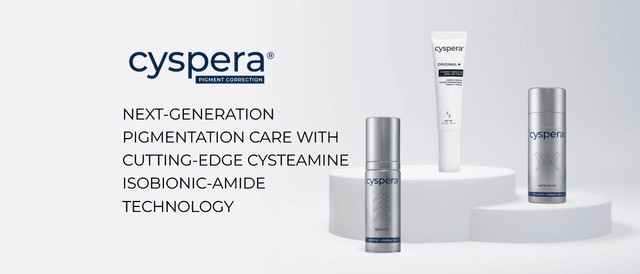
Cyspera Medical Education
Chair: Global Dermatology,
Cyspera® is a topical pigment-correcting treatment formulated with cysteamine, a naturally occurring compound that reduces the appearance of persistent hyperpigmentation, including melasma, post-inflammatory hyperpigmentation, and lentigines. It is known for being non-hydroquinone, suitable for long-term use, and effective on all skin types.
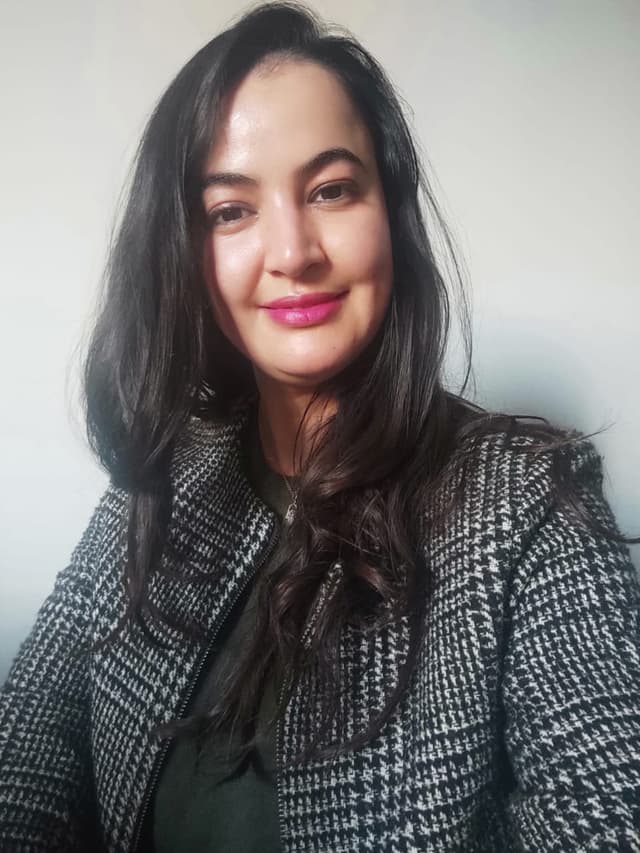
Topographic Dermoscopy
Chair: Prof. Awatef Kelati, MD
Topographic dermoscopy refers to the region-specific application of dermoscopic examination, emphasizing the unique morphological patterns found across different anatomical sites. On facial skin, the dermoscopic assessment requires recognizing patterns influenced by the high density of pilosebaceous units and sun-induced changes, often presenting pseudonetworks and annular-granular structures. The ear, with its thin skin and sebaceous gland concentration, reveals specific vascular and follicular clues important in distinguishing benign from malignant lesions.
On the chest and back, where the skin is thicker and sun exposure varies, dermoscopy must account for irregular pigment distribution and architectural disorder, especially in large nevi or early melanomas. Limb lesions may show distinctive features due to mechanical friction, hair density, and vascular variations, demanding precise interpretation to identify atypical nevi or skin cancers.
Palmar and plantar dermoscopy highlights the parallel ridge pattern critical for melanoma diagnosis, contrasting with benign acral patterns like the parallel furrow or lattice-like structures. Scalp and hair disorders benefit from trichoscopy, where dermoscopic evaluation reveals specific signs such as yellow dots, broken hairs, or black dots, aiding in the diagnosis of alopecia areata, androgenetic alopecia, or tinea capitis.
In nail disorders, onychoscopy enables visualization of melanonychia, hemorrhages, and nail matrix changes, crucial for distinguishing subungual melanoma from benign causes like trauma or fungal infection. Mucosal dermoscopy, though technically challenging, provides diagnostic clues in pigmented lesions of the lips, genitalia, or oral mucosa, requiring adaptation to moist, non-keratinized surfaces.
Finally, ultraviolet dermoscopy reveals a unique application: scabies mites fluorescing bright green under UV light, enhancing detection when traditional visualization fails. Topographic dermoscopy thus demands both anatomical knowledge and technical adaptation to maximize diagnostic accuracy across diverse body sites.
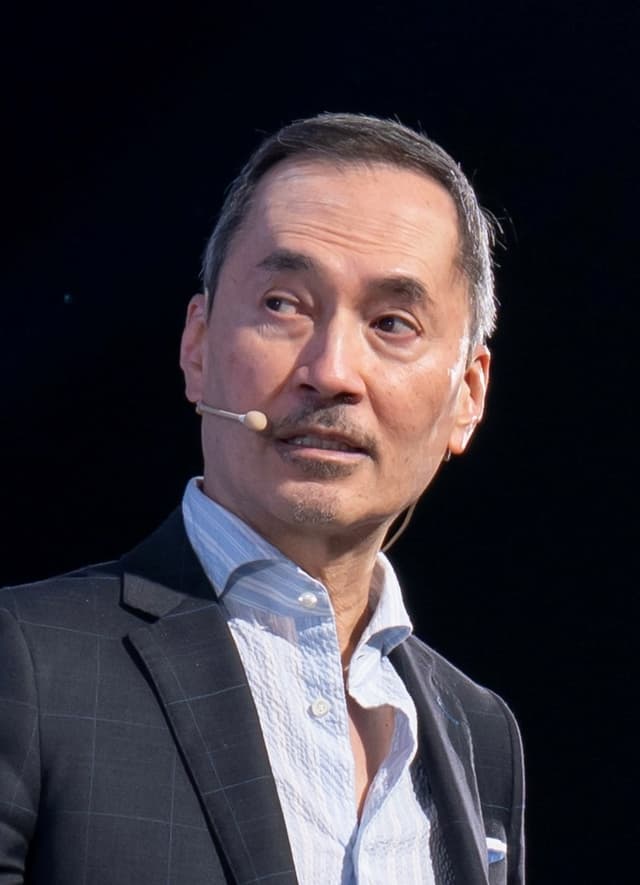
ACNE
Chair: Dr. Jerry Tan, MD
The ACNE | Education Series, led by Dr. Jerry Tan, is a comprehensive global medical education initiative designed to enhance the understanding and skills of dermatologists and healthcare practitioners regarding acne. Participants will gain insights from leading international experts on the latest advancements in acne research, innovative treatment options, and patient-centered care approaches. The event features interactive discussions, live Q&A sessions, and evidence-based strategies, all at no cost. The esteemed faculty includes specialists from the USA, Italy, France, the UK, Singapore, Greece, Australia, Canada, and Germany. This is a valuable opportunity to improve clinical competencies and stay updated on current acne management practices.
Attendees will acquire up-to-date knowledge on acne pathophysiology, new therapeutic options, and patient-oriented management strategies to optimize clinical outcomes in acne treatment. The session will also provide practical insights through expert-led discussions and evidence-based approaches.
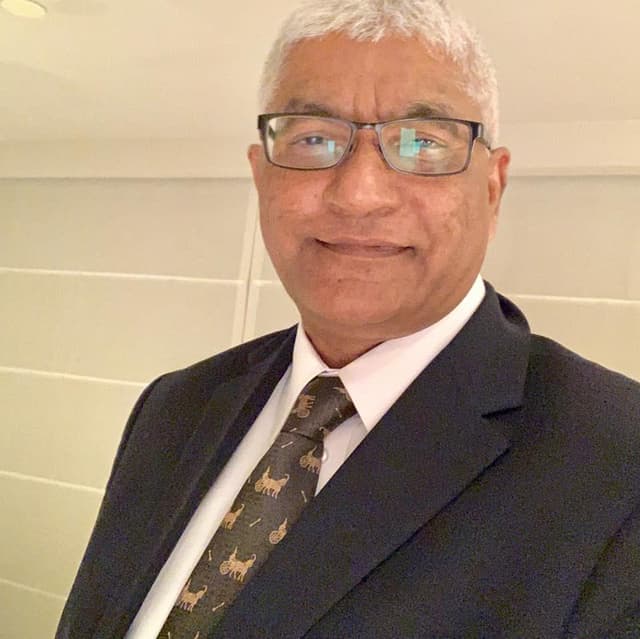
Psychodermatology
Chair: Prof Mohammad Jafferany, MD
This specialized course explores the vital intersection between dermatology and mental health, equipping clinicians with the knowledge and tools to manage psychodermatological conditions effectively. Through a blend of theoretical knowledge and practical application, participants will learn to diagnose and treat dermatological delusional disorders, identify psychiatric comorbidities in skin disease patients, and implement mental health strategies for chronic dermatoses. The curriculum also examines psychological factors in cosmetic dermatology and provides cutting-edge screening techniques for body dysmorphic disorder, including modern digital manifestations like Zoom dysmorphia. Adopting a patient-centered approach, the course emphasizes multidisciplinary management of conditions where psychological and dermatological factors interact. Participants will gain expertise in recognizing psychiatric components of skin diseases, addressing the emotional
burden of chronic conditions, and applying ethical principles in cosmetic practice. The training combines expert instruction with case-based learning to bridge theory and clinical practice. Designed for dermatologists, psychiatrists, psychologists, and primary care providers, this program enhances clinicians' ability to deliver holistic care that addresses both the visible and invisible aspects of skin disorders. Upon completion, practitioners will be better prepared to manage complex psychodermatological cases while improving patient outcomes through integrated mind-skin healthcare.

Tropical Dermatology and Neglected Tropical Dermatoses
Chair: Prof. Fahafahantsoa Rapelanoro Rabenja,
Dermatological diseases, particularly neglected tropical diseases (NTDs) with skin manifestations like deep mycosis (chromoblastomycosis, sporotrichosis, mycetoma), scabies, leprosy, lymphatic filariasis, and cutaneous leishmaniasis, pose major challenges for healthcare systems in resource-limited regions of Africa, Asia, and Latin America. These conditions severely affect vulnerable populations, suffering from frequent underdiagnosis and inadequate treatment that exacerbates suffering. Diseases such as atopic dermatitis are also under consideration for inclusion as skin NTDs through collaborative efforts involving ISAD, ASDV, and WHO. Furthermore, albinism, highly prevalent in sub-Saharan Africa, presents significant social challenges including stigmatization and occult beliefs. Despite these complex difficulties, the field is undergoing a historic transformation driven by science and technology, particularly artificial intelligence (AI), which offers tangible tools for improving diagnosis, treatment, and prevention. The participation of global experts facilitates vital knowledge exchange, exploration of innovative solutions, and helps address critical shortages of human and material resources in remote areas.
Learning Objective:
Understand the complex challenges posed by dermatological diseases, especially skin NTDs and conditions like albinism, in resource-limited settings, and recognize the critical role of global collaboration, technological innovation (particularly AI), and expert knowledge exchange in developing solutions to improve diagnosis, treatment, prevention, and resource allocation.

Dermoscopy
Chair: Prof Awatef Kelati, MD
This comprehensive dermoscopy course provides dermatologists and healthcare professionals with essential skills in skin lesion evaluation, covering fundamental principles through advanced diagnostic applications across five key areas: global dermoscopy practices, pigmented lesion analysis (including differentiation of benign and malignant patterns), specialized techniques for skin of color, skin cancer detection (melanoma and non-melanoma), and general dermatological conditions (inflammatory, infectious, and hair/nail disorders). Participants will develop proficiency in recognizing diagnostic patterns, adapting techniques for diverse skin types, and applying dermoscopic algorithms, ultimately enhancing their clinical accuracy through a combination of theoretical knowledge and practical case-based learning. The course emphasizes real-world application, addressing both common and challenging scenarios in dermatological practice.
